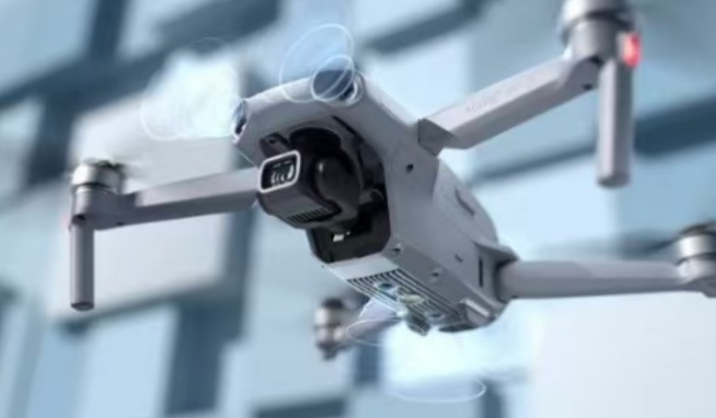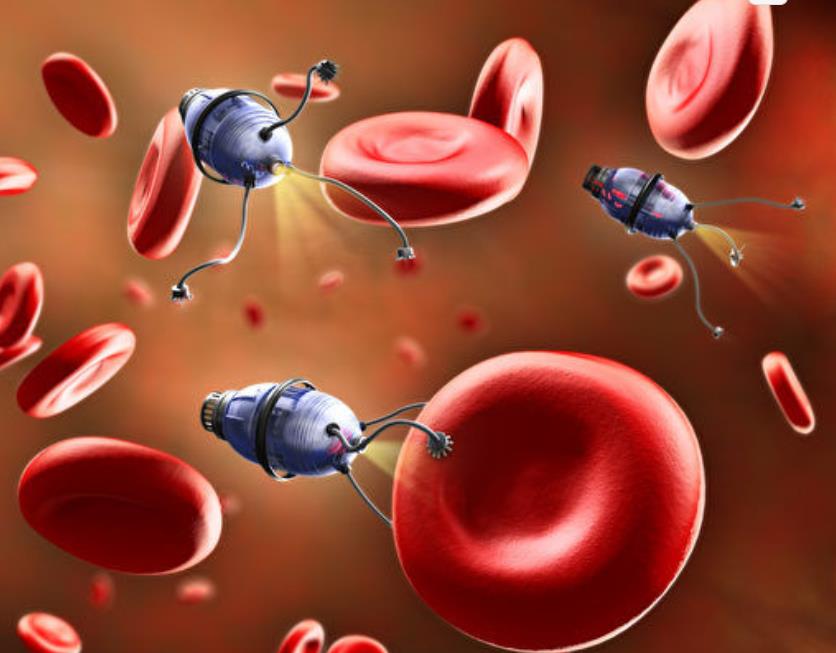The Era of "Mind-Controlled" Prosthetics is Here
Technology is not just a tool for treating diseases; it also brings hope for people with disabilities to regain their quality of life. For those who have lost limbs due to accidents, future technology may allow them to regain the ability to control their bodies. One of the latest breakthroughs is a muscle implant developed by the startup Phantom Neuro. It may help amputees control prosthetics through their thoughts, enabling more natural and precise limb movements. This technology does not require brain surgery but instead uses a subcutaneous implant that interacts directly with the electrical signals from the residual limb’s muscles.
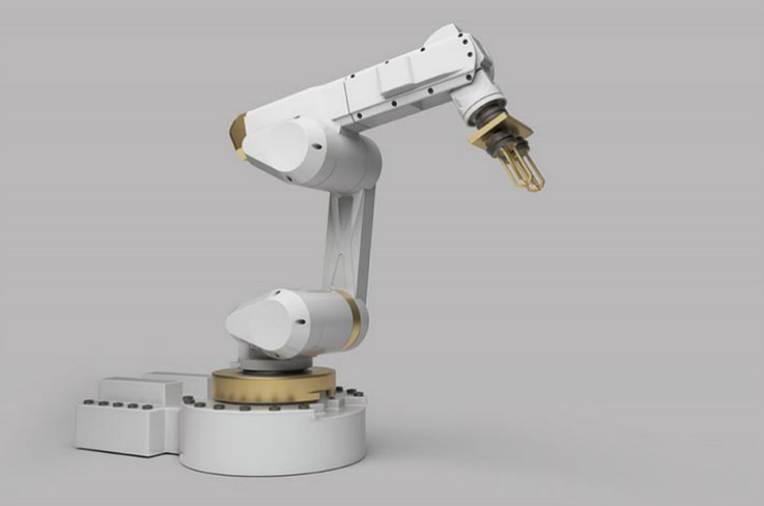
Although myoelectric prosthetics today have improved the quality of life for amputees in many ways, their control methods and range of motion are still limited. This approach is not without flaws, as it has many technical shortcomings. For example, prosthetic control often appears slow, and the range of motion is relatively constrained. Users can only perform basic movements, such as clenching a fist or opening a hand, but cannot execute more complex or refined actions. It's like using a remote control, where you press a button and wait a moment before seeing the TV respond. Similarly, traditional myoelectric prosthetics have noticeable delays in their movement response. Worse still, surface electrodes may shift over time due to skin movement or friction, affecting signal accuracy and leading to unstable prosthetic control. This instability makes the user experience of myoelectric prosthetics less than satisfactory and limits their practical applications in daily life.
Just as many lament that traditional myoelectric prosthetics fail to meet all needs, Phantom Neuro’s innovation brings new hope. The company is developing a thin, flexible muscle implant that could be key to changing this situation. Unlike traditional prosthetics that rely on external electrodes, the core advantage of this technology is that it can capture more precise electrical signals and allow users to control the prosthetic with their "thoughts." In other words, future prosthetics will no longer be merely an extension of finger movements but a device capable of responding to brain commands. Imagine this: in the future, when you need to pick up a glass of water, all you need to do is think about the action, and the prosthetic will quickly and accurately execute it. Users won't need to make large muscle movements; the prosthetic will perform tasks with the natural flexibility and ease of a real arm. This advancement in control means that prosthetics will no longer be just a crude mechanical device but will become an integral part of the body, as though it was always meant to be there.
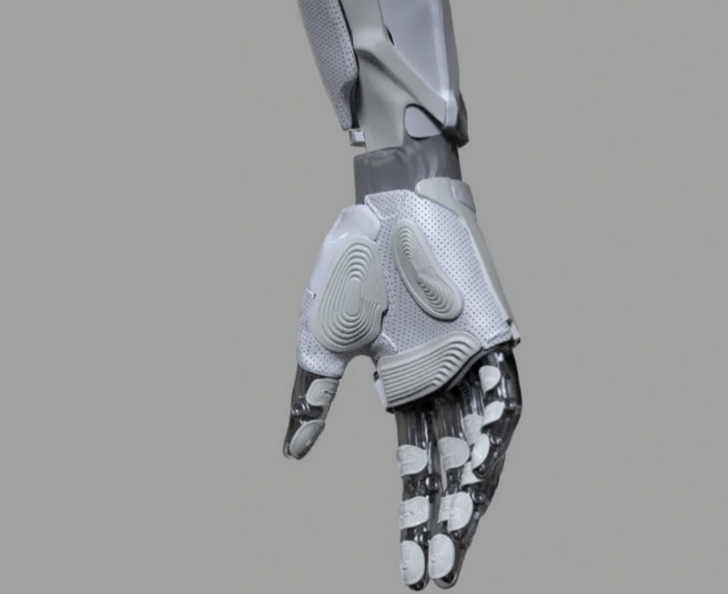
How does "mind control" work? The core of Phantom Neuro's technology lies in its unique muscle implant system. This implant is a very thin, soft sensor that interacts seamlessly with the muscles beneath the skin. It’s like installing a “sensor” on the muscles, capable of recognising every tiny muscle movement in real time, whether it’s a change in strength or a shift in direction.
Compared to traditional myoelectric prosthetics, this implant not only improves the prosthetic’s response speed but also significantly expands its range of motion. When using it, the user feels as though they haven’t lost a limb at all; instead, they have a high-tech prosthetic that can be controlled by thought. Additionally, the implant’s design is very thin and flexible, allowing it to perfectly fit the user’s body. Traditional prosthetics' electrodes often shift due to external friction, leading to unstable signals, but the implanted sensors can stay in place on the muscles, ensuring precision and stability with every movement.
More importantly, this technology could make prosthetics more personalised. Everyone’s muscle signals are unique, and Phantom Neuro’s implant sensors can be customised according to each person’s muscle structure and needs, allowing each user to have the most suitable control method. In the future, amputees will be able to control their prosthetics through their "thoughts", greatly enhancing their quality of life. It’s like the high-tech gear worn by Iron Man, enabling people who were once limited by physical disabilities to regain the power to interact with the world.
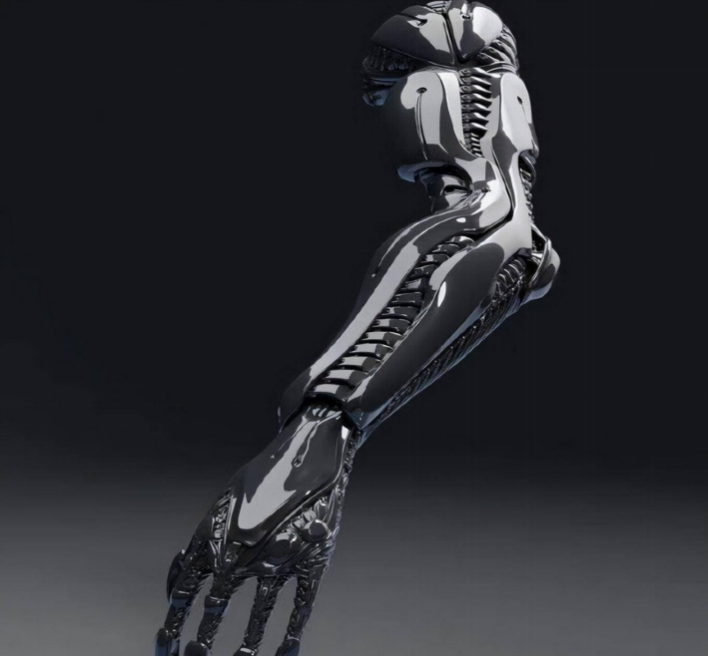
(Writer:Dick)




